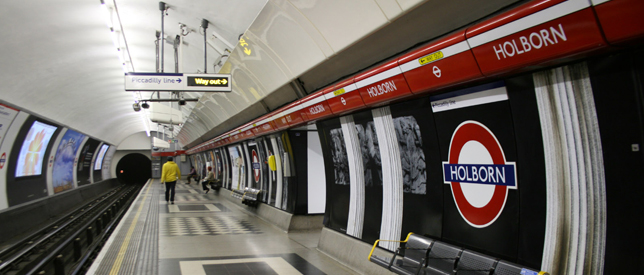London Underground Stations to Power Themselves
 5
Oct
15
5
Oct
15
A new scheme enables London Underground stations to produce their own energy
When you press the brakes on any EV or Hybrid vehicle, the dashboard tells you that you are now charging the battery and the petrol engine is not being used. The same idea is now being applied to the trains at London’s Holborn station.
When a massive commuter train stops it generates enough electricity to power the whole of Holborn station for two days a week. Regenerative braking and is already in place on some hybrid and electric cars, where it is used to use out every last millimetre of range, as well as finding applications in such lofty stations as Formula 1 racing.
The new technology was installed at Cloudesley Road substation to save energy for the first experiment of its kind.
Transport for London has installed an inverter system that changes braking energy into power. The experiment is a five-week test and it captured a full megawatt hour, enough to power more than 100 homes for a whole year.
When this system will be spread across the entire Tube systems, it will save £6m. If you think all this regenerative energy will heat up the station, that won’t happen because regenerative braking doesn’t produce the heat that conventional friction braking does hence the tunnels themselves stay cooler.
The new experiment is part of a London Underground initiative and they’re doing this because the Tube has plans to increase rider capacity by 30 percent as the city grows, and they’ll need to do a lot more than just put on the brakes if they want to move forward. TfL also claims that the new technology could reduce the Underground’s carbon footprint, but another bonus is the knock-on effect of recovering energy.